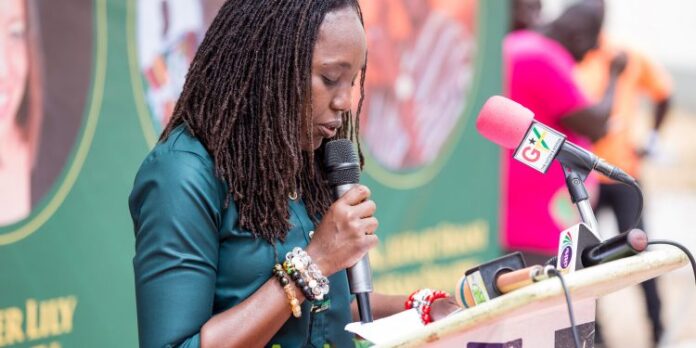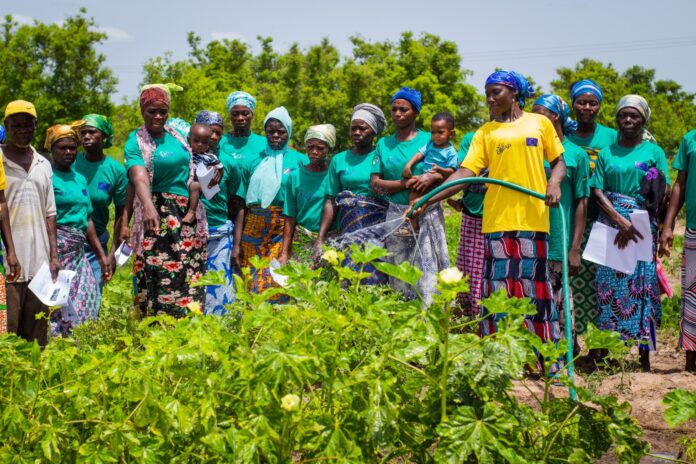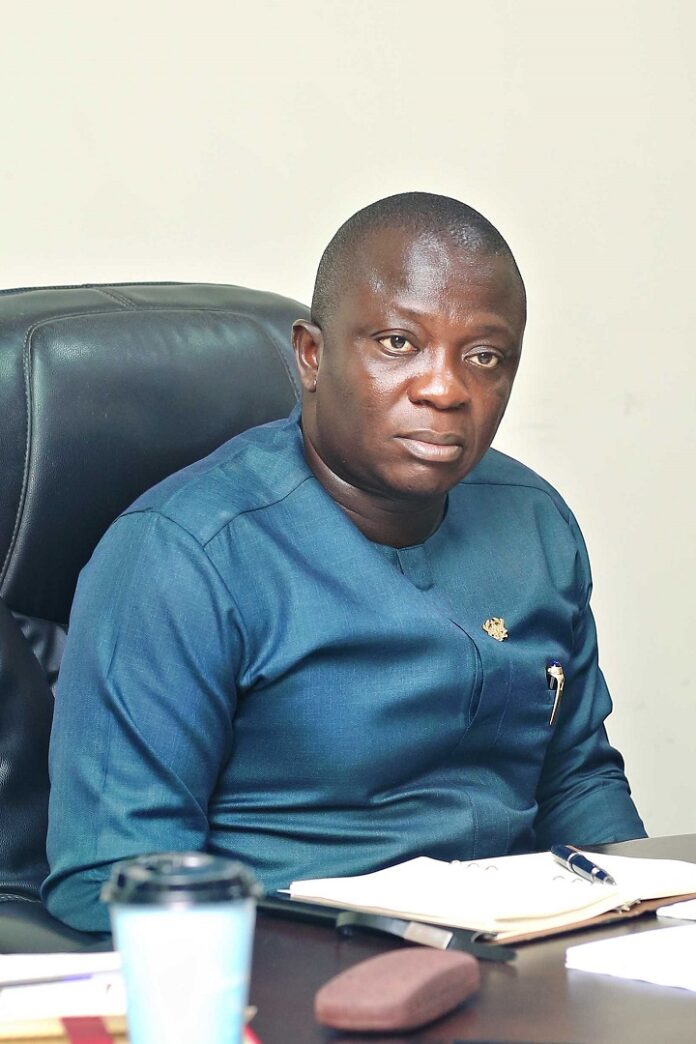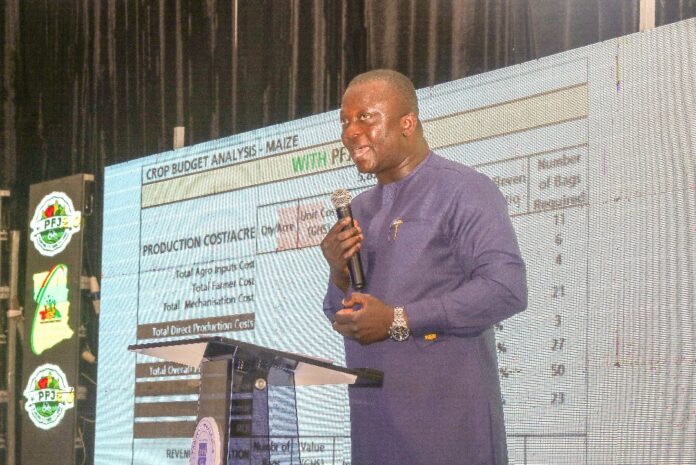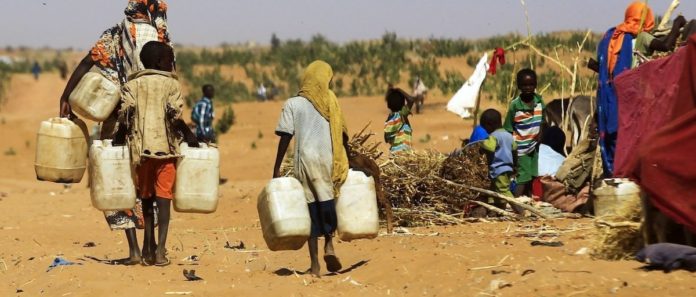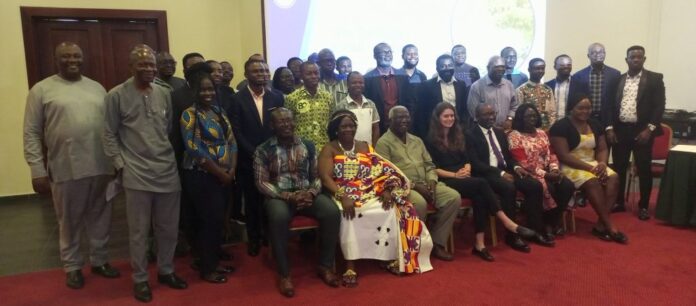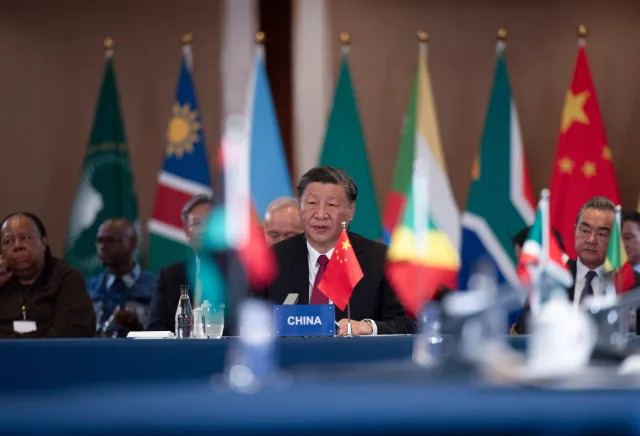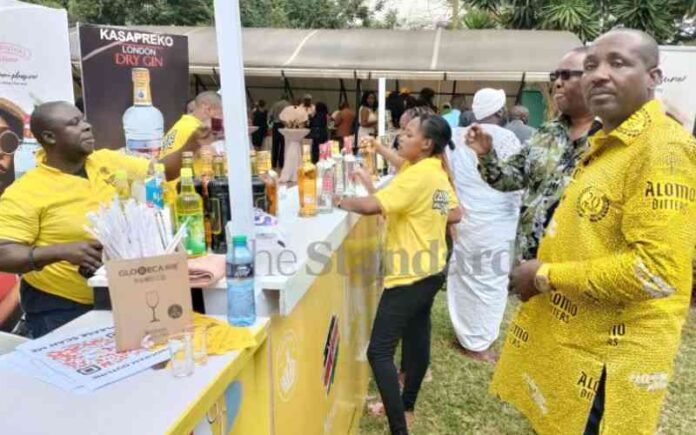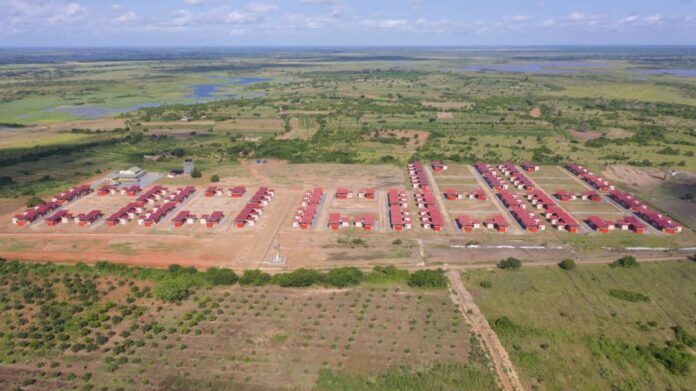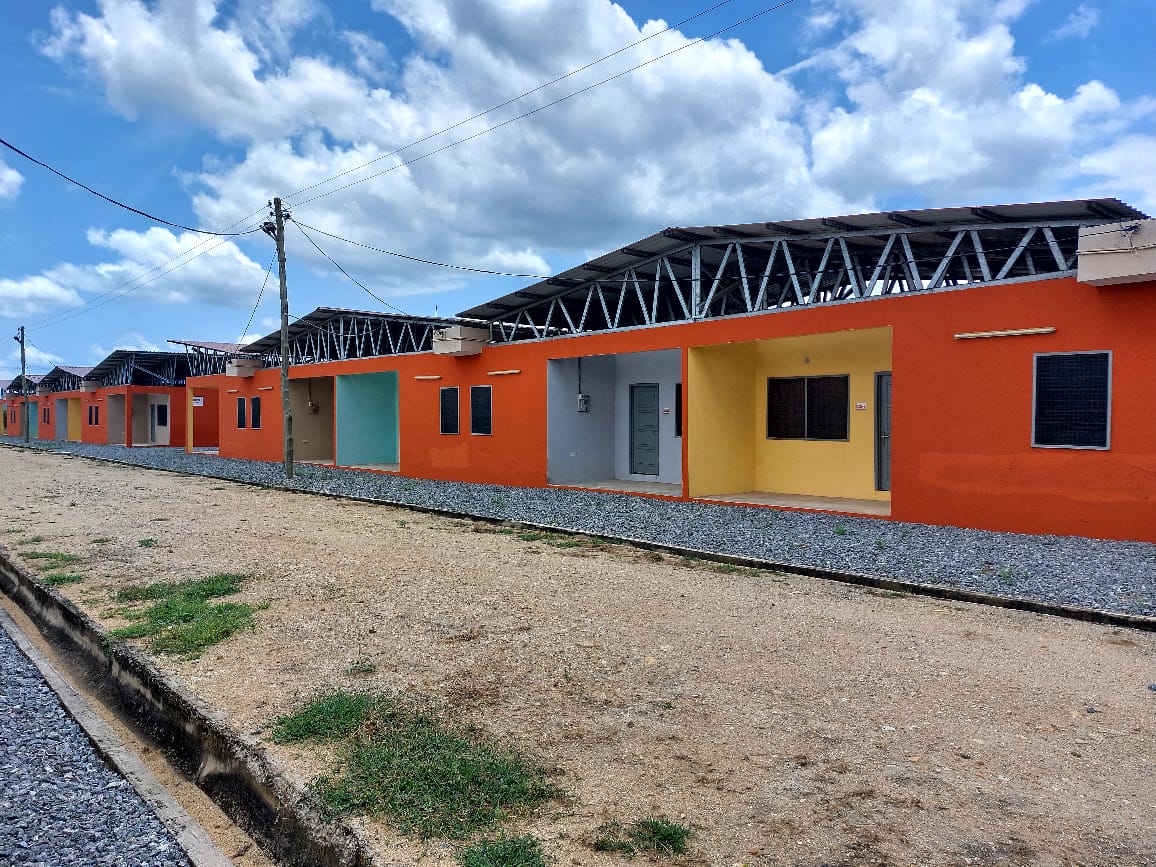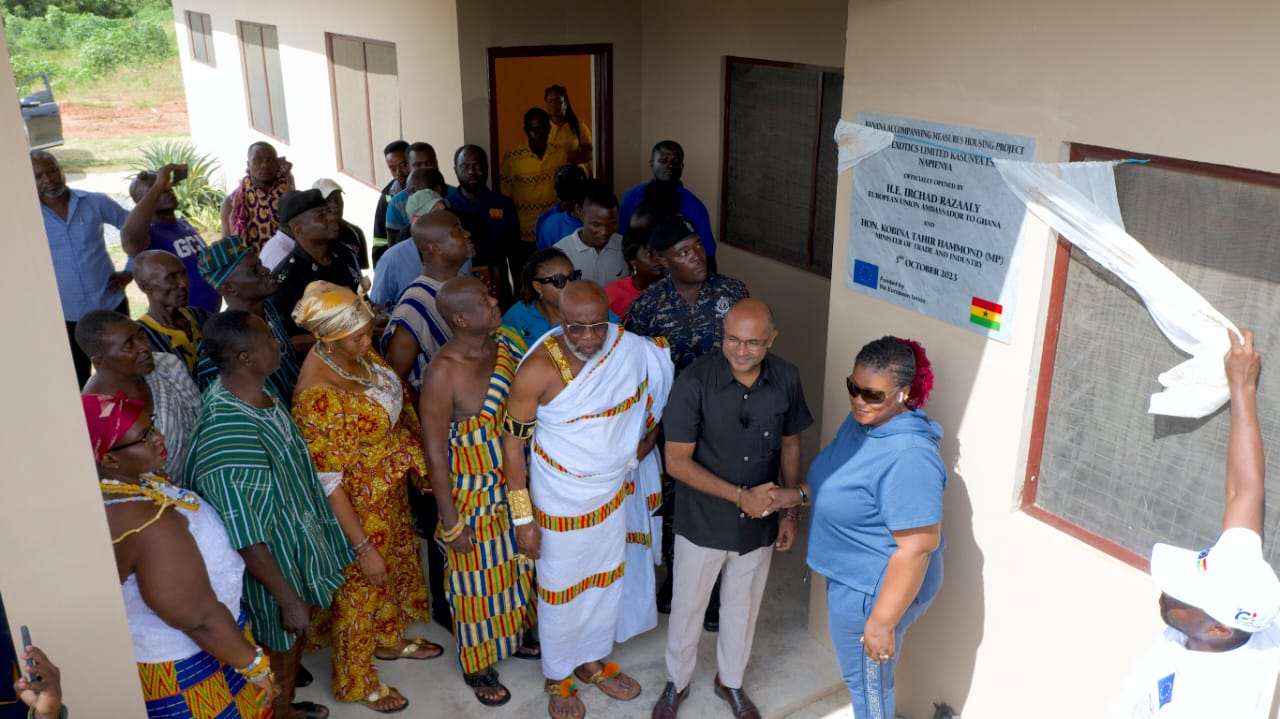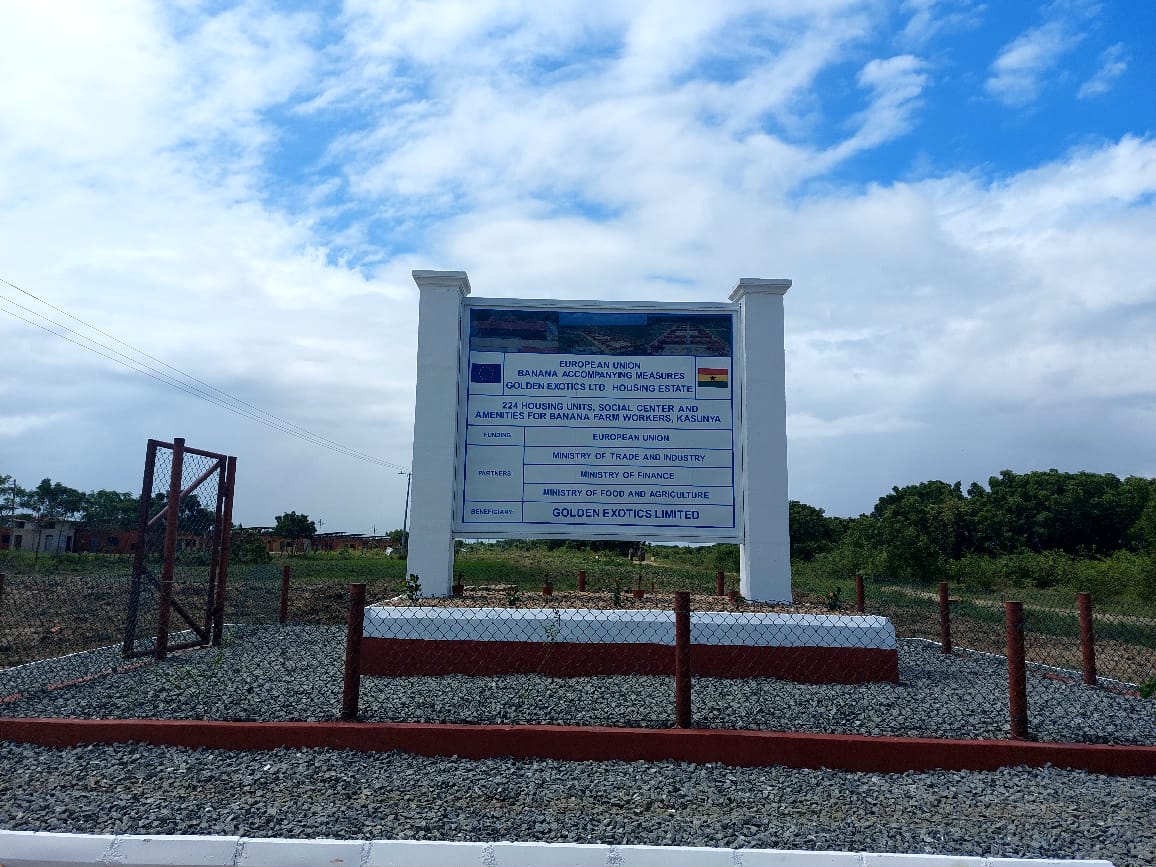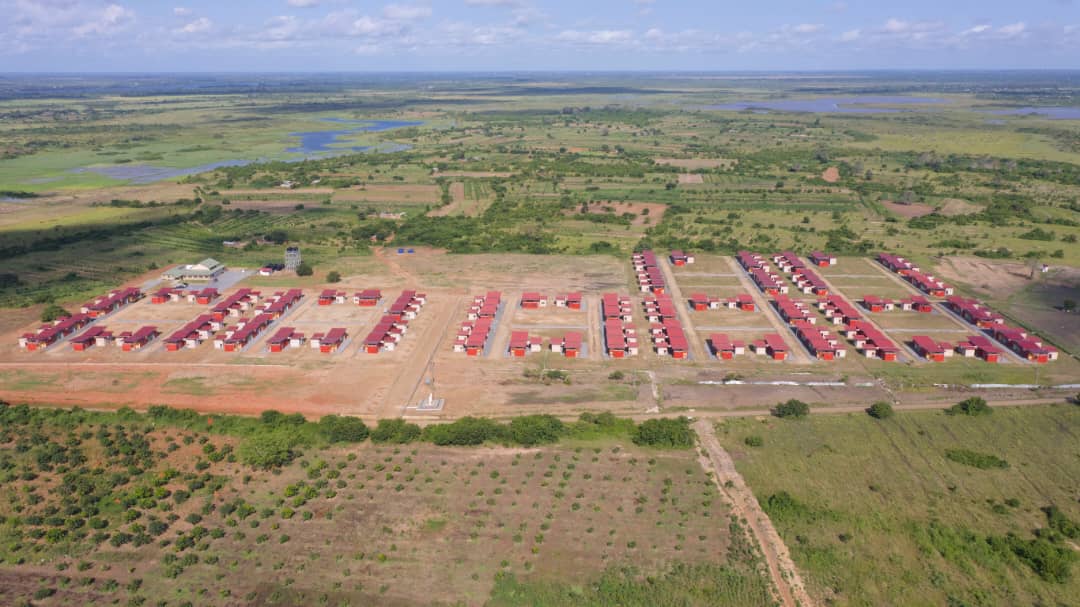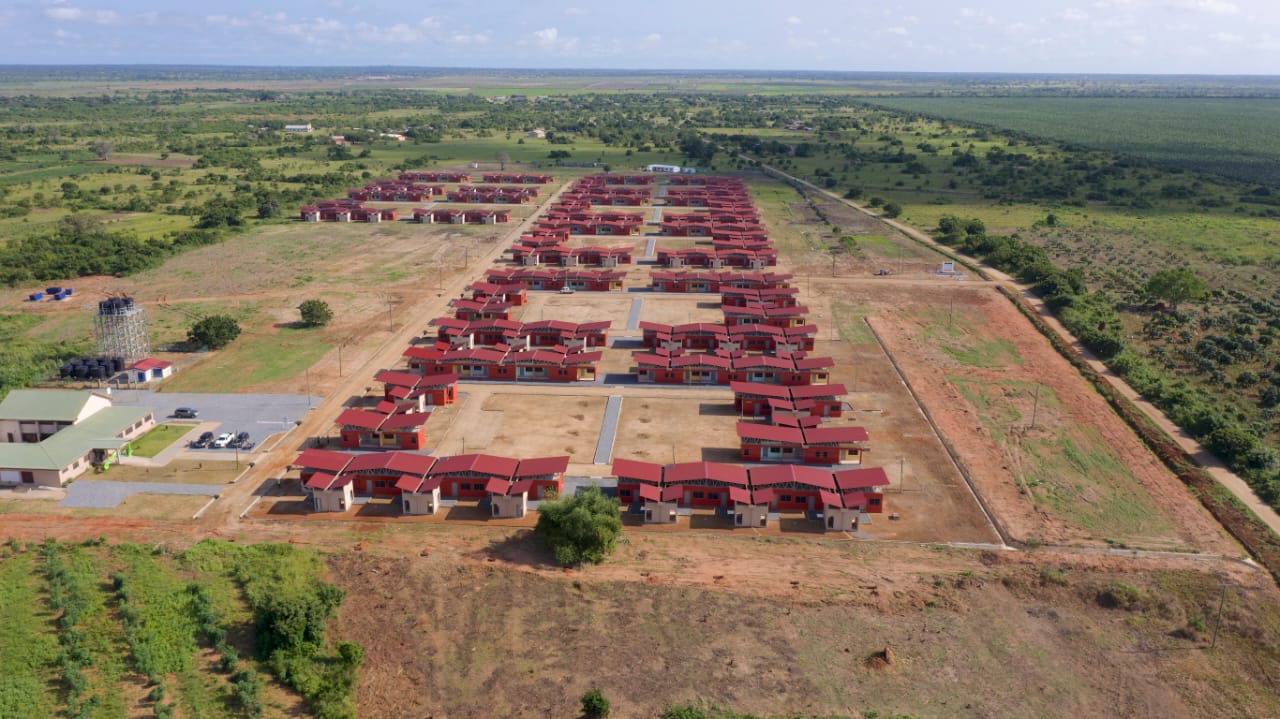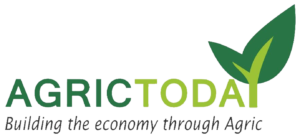Agrihouse Foundation, in collaboration with the Ministry of Food and Agriculture(MOFA) and the Northern Regional Coordinating Council (NRCC) , will from Tuesday, October 24th to Thursday, October 26th, 2023 ,host the highly-anticipated 13th Annual Pre-Harvest Agribusiness Conference and Exhibition Under the theme, ‘CONNECTING THE UNCONNECTED: THE FARMER, INPUT DEALER, AND THE PROCESSOR,’ the event is scheduled to take place at the Agrihouse Agri-Village Learning ,innovation ,Training and Demonstration Center in Kudula, Tamale, Northern Region.
The 13th edition of the Pre-Harvest Agribusiness Conference and Exhibition is designed to foster collaborations and integration within the industry. Over the course of three days, participants will have the opportunity to exchange experiences, explore appropriate technologies, foster market linkage, enhance productivity, and create a network of opportunities.
The Pre-Harvest Agribusiness Conference and Exhibition has a rich history of uniting stakeholders in the agricultural field. It has consistently promoted sustainable agricultural practices, fostered connectivity within the industry, and contributed to the overall development of Ghana’s agriculture sector.
The 13th Annual Pre-Harvest Agribusiness Conference and Exhibition promises to be a pivotal event that celebrates the growth, sustainability, and progress of the agricultural industry in Ghana. Attendees can look forward to an immersive experience enriched with practical insights, engaging sessions, and the opportunity to network with key players in the agricultural sector.
In a statement, the Executive Director of Agrihouse Foundation, Alberta Nana Akyaa Akosa, extended a warm invitation to all participants, stating, “We invite everyone to join us for three days of innovation, knowledge sharing, and valuable connections. The 13th Annual Pre-Harvest Agribusiness Conference and Exhibition is a significant milestone in our ongoing commitment to empowering Ghana’s agricultural industry. This year, we have brought together a diverse group of over 70 exhibitors spanning various sectors of the agricultural value chain to showcase their innovative solutions, services, and products.”
She went on to highlight the essence of this year’s theme, “CONNECTING THE UNCONNECTED: THE FARMER, INPUT DEALER, AND THE PROCESSOR,” emphasizing that the event aims to build strong partnerships and linkages across the entire agricultural value chain.
“The Pre-Harvest has always been a platform for driving sustainable agriculture, fostering connectivity, and contributing to the development of Ghana’s agriculture sector. As we focus on connecting the unconnected, we’re fostering relationships between farmers, input dealers, and processors, ensuring that no link in the agricultural chain is left unattended.”
Sponsors for this year’s event include YARA Ghana, GIZ-EUGAP, Interplast, and others. These sponsors have played a vital role in making this event possible and in supporting the growth and development of agriculture in Ghana.
Over seventy (70) companies are expected to serve as exhibitors at the 13th annual preharvest agribusiness conference and exhibitions ,these includes, YARA, GIZ-EUGAP, Interplast, Bon Agro, SEEDCO, International Potato Center, Esoko Limited, BADECC AGROVOLTA LIMITED, AGRO CROWN WEST AFRICAN COMPANY LTD, HJA Africa Limited, International Fertilizer Development Center (IFDC), AGRISEED, Miqdadi Ltd, Jubaili Agrotec, Agrohao Ghana Company Limited, Feed the Future Ghana Mobilizing Finance in Agriculture (MFA) Activity, GIZ-EUGAP, Omnifert, Crop Doctor, MENNONITE ECONOMIC DEVELOPMENT ASSOCIATION (MEDA), Tree Aid, Melon J Consult CL Ltd, Food and Drugs Authority, Ghana Export Promotion Authority (GEPA), The Ghana Investment Promotion Center (GIPC), Ecobank, Agricultural Development Bank (ADB), TATA, KANU EQUIPMENT, SAYETECH, PUMPTECH, AGRI SIGMA, and Lamb Father among others .
This diverse range of companies will not only showcase their products and services but will also provide practical insights, engage in discussions, and foster connections within the agricultural sector. Attendees are encouraged to explore every exhibition booth to learn, buy, and discover the latest innovations and solutions in agriculture.
This year, the Pre-Harvest Agribusiness Conference and Exhibition promises to be an engaging and immersive experience. We encourage participants to explore every exhibition booth to learn, discover, and invest in cutting-edge agricultural solutions.
The diverse range of exhibitors will provide practical insights, engage in enlightening discussions, and enable you to build essential connections within the agricultural sector. You can expect to explore the latest innovations, purchase high-quality products, and participate in discussions that address critical challenges and opportunities within the agricultural industry.
The 13th Annual Pre-Harvest Agribusiness Conference and Exhibition promises to be a pivotal event celebrating the growth, sustainability, and progress of the agricultural industry in Ghana. This gathering of key players and stakeholders in the agriculture value chain is a unique opportunity to explore, network, and collaborate within the ever-evolving agricultural landscape of Ghana. We look forward to welcoming you to an extraordinary event that will shape the future of agriculture in our nation.
Noteworthy Activities Scheduled:
Commodity Breakout Session: Aiming to assemble a diverse spectrum of participants, including farmer groups, farmer-based organizations, aggregators, buyers, students, smallholders, and commercial farmers, the Commodity Breakout Session aims to provide invaluable insights into excelling within the agricultural value chain.
Farmer-Buyer Matchmaking: This exclusive networking event is tailored to enable farmers to connect with potential wholesale buyers and various agribusinesses along the value chain. During this interactive session, both farmers and buyers have the opportunity to establish connections and finalize deals that can significantly shape their agricultural endeavors.
Exhibition: Spanning the entirety of the three-day event, an engaging exhibition showcase will unfold, offering a platform for purchasing and selling products at affordable prices. This hub serves as a space to explore the latest innovations, products, and services driving advancements in the agricultural sector, encompassing Crop Varieties, Seeds, Farm Equipment and Machinery, Agrochemicals and Fertilizers, as well as Livestock, among others.
Field Demonstrations: In this phase, farmers and industry participants engage in practical learning, acquiring firsthand experience and adopting best practices in farm management. Hosted at the Agrihouse Foundation Agri-Village, this immersive experience aims to equip attendees with tangible skills to enhance their agricultural practices.
The 13th Annual Pre-Harvest Agribusiness Exhibition and Conference promises to be an influential convergence, fostering collaboration and innovation across the agricultural landscape. Join us as we work together to empower agriculture and bridge connections in pursuit of a prosperous future.
JOIN THE 13TH EDITION OF THE PRE-HARVEST AGRIBUSINESS EXHIBITIONS AND CONFERENCE EVENT:
We extend a warm invitation to all stakeholders and value chain actors to participate in the Agribusiness Adventure of the year. Join us from October 24th to 26th, 2023, at the Agrihouse Agri-Village training and demonstration center in kudula in the Northern Region, for the highly anticipated 13th edition of the Pre-Harvest Agribusiness Exhibition and Conference.
Discover the ultimate platform that connects farmers, market players, and agribusinesses, unlocking endless opportunities for growth, innovation, and success.

